Home>Garden Essentials>What Is A Monocot Seed
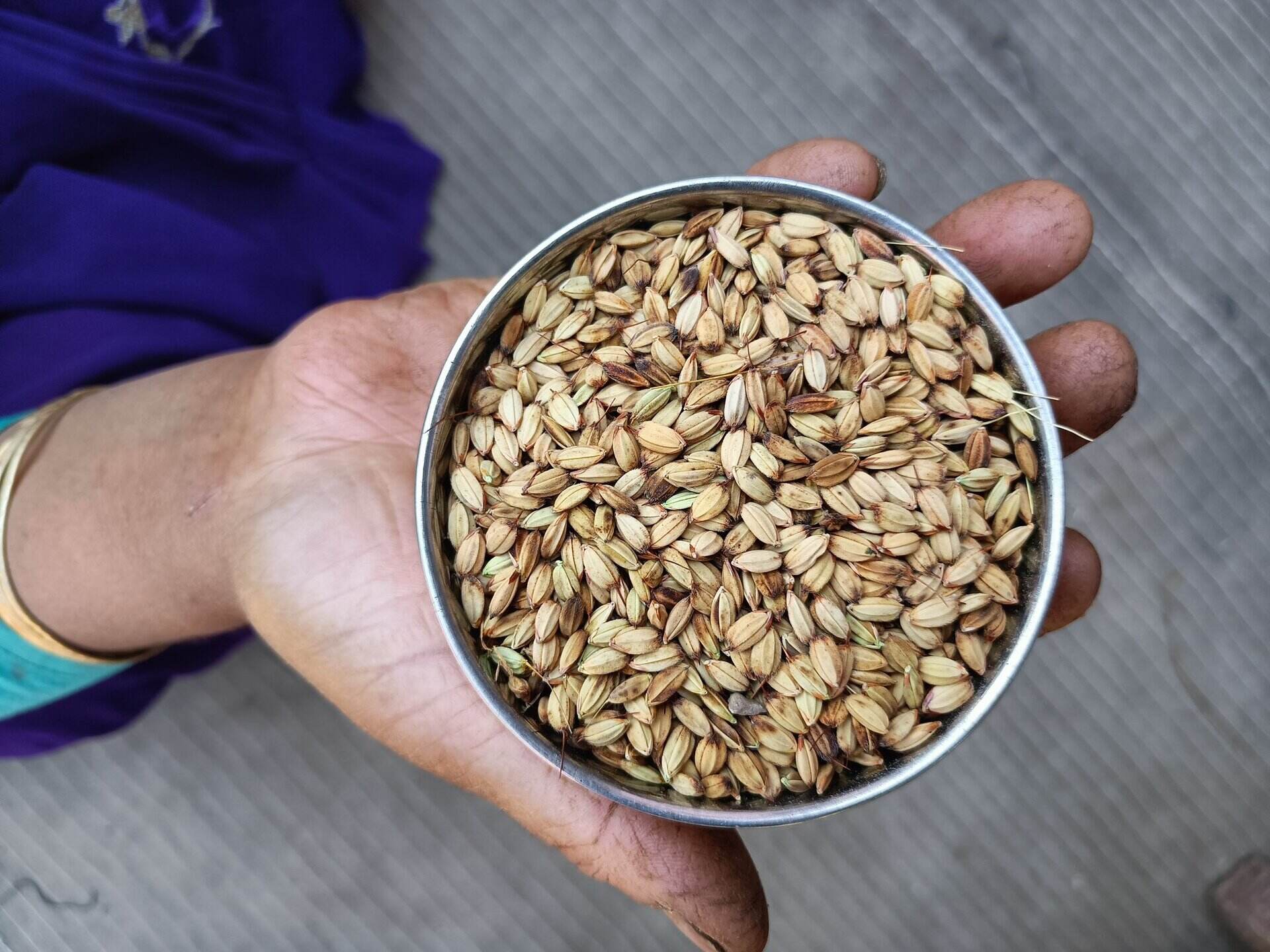

Garden Essentials
What Is A Monocot Seed
Modified: August 17, 2024
Discover the secrets of garden monocot seeds and learn how to plant them effectively in your garden. Explore the benefits and characteristics of these unique seeds.
(Many of the links in this article redirect to a specific reviewed product. Your purchase of these products through affiliate links helps to generate commission for Storables.com, at no extra cost. Learn more)
Introduction
A monocoat seed is a type of seed that belongs to the group of flowering plants known as monocots. Monocots are one of the two major categories of angiosperms, the other being dicots. While dicot seeds have two cotyledons, monocot seeds have only one, and this distinctive characteristic sets them apart.
Monocots encompass a wide range of plant species, including grasses, lilies, orchids, and palm trees, among others. They play a vital role in the world of flora and have significant importance in agriculture, horticulture, and landscape design. Understanding the unique features and structure of monocot seeds is essential for gardeners, botanists, and anyone interested in plant life.
In this article, we will explore the definition of a monocot seed, delve into its characteristics, examine its structure, discuss the germination process, provide examples of monocot seeds, and highlight their importance in agriculture. By the end, you will have a comprehensive understanding of these fascinating seeds.
So, let’s embark on this botanical journey and unlock the secrets of monocot seeds. Get ready to delve into the world of plants and discover the wonders that lie within their tiny, single-cotyledon seeds.
Key Takeaways:
- Monocot seeds, with their single cotyledon and diverse plant species, are vital for agriculture, providing staple food crops and supporting economic stability.
- Understanding monocot seed characteristics and germination processes deepens our appreciation for the wonders of plant life and their crucial role in sustaining human societies.
Read more: What Are Seeds
Definition of a Monocot Seed
A monocot seed, also known as a monocotyledonous seed, is a seed belonging to the group of flowering plants known as monocots. Monocots are a class of angiosperms characterized by their single cotyledon, which is the embryonic leaf within the seed. This differentiates them from dicots, which have two cotyledons.
Monocots encompass a diverse range of plant species, including grasses, lilies, orchids, palm trees, and many more. These seeds are vital for the survival and propagation of monocotyledonous plants. They serve as the starting point for the development of roots, stems, leaves, flowers, and ultimately the entire plant.
The term “monocotyledon” originates from the Greek words “mono” meaning single and “kotyledon” meaning seed leaf. This name accurately describes the key characteristic of monocot seeds – the presence of a single cotyledon. Cotyledons are essential for providing nutrients to the developing embryo and aiding in the process of germination.
Monocot seeds vary in size, shape, and color, depending on the specific species. However, they typically have an outer protective covering called the seed coat, which shields the delicate embryo from external factors such as temperature fluctuations, moisture loss, and mechanical damage.
Within the seed, the embryo is nestled, consisting of the epicotyl, hypocotyl, and radicle. The epicotyl eventually develops into the shoot or stem of the plant, while the hypocotyl connects the epicotyl to the radicle, which becomes the primary root. The embryo also contains the plumule, which is the miniature shoot of the emerging plant.
Monocot seeds contain endosperm, a valuable reserve of nutrients that nourishes the developing embryo during germination. Unlike dicot seeds that often absorb and store nutrients in their cotyledons, monocot seeds rely primarily on the endosperm for sustenance. This endosperm is rich in carbohydrates, proteins, and fats, providing the energy necessary for the growth and development of the seedling.
Overall, monocot seeds display unique characteristics that distinguish them from other types of seeds. Their single cotyledon, diverse plant species representation, and reliance on endosperm make them an intriguing subject for botanists and gardeners alike. Understanding the definition and attributes of monocot seeds provides a solid foundation for further exploration into their structure and germination process.
Characteristics of Monocot Seeds
Monocot seeds possess several distinctive characteristics that set them apart from other types of seeds. These features contribute to their ability to germinate successfully and give rise to monocotyledonous plants. Let’s explore some of the key characteristics of monocot seeds:
1. Single Cotyledon: The most defining characteristic of monocot seeds is the presence of a single cotyledon. This single seed leaf provides essential nutrients to the developing embryo during germination. In contrast, dicot seeds have two cotyledons.
2. Embryo Structure: Monocot seeds have a well-defined embryo structure. The embryo consists of several parts, including the epicotyl, hypocotyl, radicle, and plumule. The epicotyl develops into the shoot, the hypocotyl connects the epicotyl to the radicle (primary root), and the plumule represents the emerging shoot of the plant.
3. Endosperm: Monocot seeds typically contain endosperm, which is a nutrient-rich tissue surrounding the embryo. The endosperm serves as a source of energy and nourishment for the growing seedling. It contains carbohydrates, proteins, and fats, providing the necessary resources for germination and early seedling development.
4. Seed Coat: Monocot seeds are protected by a seed coat, also known as the testa. The seed coat acts as a physical barrier, shielding the embryo from external factors such as temperature fluctuations, moisture loss, and mechanical damage. It also aids in seed dormancy by preventing premature germination.
5. Size and Shape: The size and shape of monocot seeds vary depending on the specific plant species. Some monocot seeds, such as those of orchids, are tiny and dust-like, while others, like coconut seeds, are large and spherical. The varied sizes and shapes reflect the diversity within the monocot family.
6. Germination Period: Monocot seeds have different germination periods, ranging from a few days to several weeks or even months, depending on the species. This period is influenced by factors such as temperature, moisture, light, and seed dormancy mechanisms.
7. Monocot Families: Monocotyledonous plants are grouped into various families, each with its own unique characteristics. Some well-known monocot families include Poaceae (grasses), Orchidaceae (orchids), Arecaceae (palm trees), and Liliaceae (lilies).
Understanding the characteristics of monocot seeds is crucial for successful cultivation and propagation. Each trait contributes to the overall survival and growth of monocotyledonous plants. Whether you’re a gardener, botanist, or simply a lover of nature, exploring these distinguishing features can deepen your appreciation for the astounding diversity found within the world of monocots.
Structure of Monocot Seeds
The structure of monocot seeds is specifically designed to protect the embryonic plant and provide the necessary resources for its growth and development. Understanding the various parts of a monocot seed can provide valuable insights into the mechanisms of germination and the processes involved in the formation of a mature plant. Let’s explore the structure of monocot seeds in more detail:
1. Seed Coat (Testa): The outermost layer of the monocot seed is the seed coat or testa. This protective covering acts as a barrier, preventing damage from mechanical forces, pathogens, and dehydration. The seed coat is typically tough and thick, providing a layer of defense for the delicate embryo within.
2. Hilum: The hilum is a small scar on the seed coat that marks the point of attachment of the seed to the parent plant. It is the site where the seed was connected to the ovary and received nutrients during development.
3. Micropyle: The micropyle is a small opening located near the hilum. It serves as the entry point for water during the process of imbibition, which is the initial absorption of water by the seed.
4. Endosperm: Monocot seeds contain endosperm, a food reserve that surrounds the embryonic plant. The endosperm is rich in carbohydrates, proteins, and fats, which provide essential nutrients for the growth of the developing seedling. This nutrient reserve is particularly important in monocots because their cotyledon(s) are often thin and not suitable for storage.
5. Cotyledon: Monocot seeds have a single cotyledon, which is the primary embryonic leaf. The cotyledon plays a crucial role in providing nutrients to the growing embryo during germination. In some monocot seeds, the cotyledon may remain underground as a storage organ.
6. Embryo: The embryo is the living part of the seed and is composed of several structures. These include the epicotyl, hypocotyl, radicle, and plumule. The epicotyl eventually develops into the shoot, while the hypocotyl connects the epicotyl to the radicle, which becomes the primary root. The plumule represents the emerging shoot of the plant.
7. Coleorhiza and Coleoptile: Some monocot seeds, particularly grasses, possess additional structures called the coleorhiza and coleoptile. The coleorhiza is a protective sheath surrounding the radicle, while the coleoptile covers the plumule. These structures help the seedling penetrate the soil surface and protect the delicate growing tips.
Understanding the structure of monocot seeds provides valuable insights into their growth and development. The seed coat protects the embryo, while the endosperm serves as a vital food source. The single cotyledon and various embryonic structures play essential roles in germination and the subsequent formation of a mature plant. By studying and appreciating the intricacies of monocot seed structure, we gain a deeper understanding of these remarkable plants and their adaptive strategies for survival and propagation.
Monocot seeds have only one seed leaf, called a cotyledon. Look for seeds with parallel veins in the leaves, and petals in multiples of three.
Germination Process of Monocot Seeds
The germination process of monocot seeds is a fascinating series of events that marks the transition from a dormant seed to a growing seedling. This process involves the activation of the embryo and the utilization of stored nutrients, ultimately leading to the emergence of a new plant. Let’s explore the germination process of monocot seeds in more detail:
1. Imbibition: Germination begins with imbibition, which is the absorption of water by the seed. Water enters the seed through the micropyle, a small opening in the seed coat. This imbibition triggers biochemical changes within the seed, activating enzymes and initiating metabolic processes.
2. Activation of Enzymes: With the presence of water, dormant enzymes in the seed become activated. These enzymes break down complex substances, such as starch and proteins present in the endosperm, into simpler forms that can be utilized by the growing embryo. This process provides the necessary energy and nutrients for the germination process.
3. Radicle Emergence: The first visible sign of germination is the emergence of the radicle, which is the primary root of the seedling. The radicle grows downwards, anchoring the seedling into the soil and absorbing water and nutrients from the environment.
4. Shoot Development: As the radicle elongates, the shoot development begins. The plumule, which contains the young leaves and shoot apical meristem, emerges from the seed. The coleoptile, if present, protects the plumule during its ascent towards the soil surface.
5. Photosynthesis Initiation: Once the shoot emerges from the soil, the young seedling begins to rely on photosynthesis for its energy needs. The leaves start to expand and develop chlorophyll, enabling the seedling to convert sunlight, water, and carbon dioxide into carbohydrates for growth.
6. Root System Formation: Simultaneously, the root system continues to develop. Lateral roots branch out from the primary root, allowing for increased absorption of water and nutrients from the surrounding soil. The root system establishes a firm foundation for the growing plant.
7. Seed Coat Shedding: As the seedling grows, it sheds the seed coat or testa, which is no longer needed for protection. The seed coat may either disintegrate or be pushed off by the emerging shoot.
The germination process can vary depending on the specific environmental conditions and plant species. Factors such as temperature, moisture, light, and seed dormancy mechanisms can influence the timing and success of germination. Some monocot seeds, especially those of certain grasses, may undergo a process called double dormancy, where multiple cycles of imbibition and dormancy are required for germination.
Understanding the germination process of monocot seeds is essential for successful cultivation and propagation. By providing the optimal conditions and care required for germination, gardeners and horticulturists can ensure the successful establishment and growth of monocotyledonous plants. Witnessing the transformation of a tiny seed into a thriving plant is a truly remarkable phenomenon that highlights the marvels of nature.
Examples of Monocot Seeds
Monocot seeds encompass a vast array of plant species, with each exhibiting unique characteristics and adaptations. Let’s explore some examples of monocot seeds, showcasing the remarkable diversity within this group:
1. Grasses (Poaceae): Grasses are one of the largest families among monocots, and their seeds are some of the most recognizable. Examples include wheat, corn, rice, barley, oats, and sugarcane. Grass seeds are typically small, oval-shaped, and covered with a tough seed coat. They play a critical role in agriculture, providing staple food crops and forage for livestock.
2. Lilies (Liliaceae): Lilies are renowned for their beautiful flowers and ornamental value. Lily seeds are often large and bulbous, enclosed within a protective seed coat. Species such as Easter lilies, daylilies, and tiger lilies showcase the variety found within this family.
3. Orchids (Orchidaceae): Orchids are known for their exquisite flowers and diverse forms. Orchid seeds are extremely small and dust-like, often resembling fine powder. These seeds lack endosperm and rely on symbiotic relationships with fungi for germination and early growth.
4. Palm Trees (Arecaceae): Palm seeds are distinct and vary greatly within the family. Some, like the coconut seed, have a tough, fibrous outer layer known as the husk. Other examples include date seeds, oil palm seeds, and sago palm seeds. Palm seeds are essential for the propagation of these iconic and economically significant plants.
5. Bananas (Musaceae): Banana seeds are relatively small and typically sterile, playing a limited role in the propagation of the plant. Bananas are typically propagated through suckers or offsets, rather than seeds. However, wild and ornamental varieties may produce viable seeds.
6. Bamboos (Poaceae): Bamboo seeds are unique among monocots. Certain bamboo species exhibit a phenomenon known as gregarious flowering or mass flowering, where a population of bamboo plants simultaneously produces seeds after a long period of vegetative growth. The seeds are small, round, and protected by woody bracts.
7. Cattails (Typhaceae): Cattails are wetland plants with cylindrical, brown seed heads at the top of their tall, slender stems. The seeds are tiny and equipped with fluffy structures that aid in wind dispersal.
These are just a few examples of the vast variety of monocot seeds that exist. Each species within the monocot family has evolved distinct seed characteristics that contribute to their successful propagation and survival in different environments. Exploring the fascinating world of monocot seeds offers a glimpse into the intricate adaptations and diversity found within the plant kingdom.
Importance of Monocot Seeds in Agriculture
Monocot seeds play a crucial role in agriculture, serving as the foundation for food production, animal feed, and economic stability. The cultivation of monocotyledonous plants has had a profound impact on human societies throughout history. Let’s explore the importance of monocot seeds in agriculture:
1. Staple Food Crops: Many of our staple food crops are monocots. Wheat, rice, corn, barley, oats, and millets are all examples of monocot species that provide the foundation of human diets worldwide. These crops serve as sources of carbohydrates, proteins, and essential nutrients, nourishing billions of people.
2. Forage for Livestock: Monocot grasses, such as Bermuda grass, Timothy grass, and ryegrass, are essential forage crops for livestock. These grasses are rich in fiber and provide grazing animals with a valuable source of nutrition. They contribute to the development and maintenance of healthy livestock populations.
3. Fodder for Animals: Monocot crops like maize (corn) and sorghum serve as vital fodder for animals. They provide an energy-rich feed source and are widely used in livestock husbandry, particularly for cattle, pigs, and poultry.
4. Vegetable Crops: Monocots also include a variety of vegetable crops such as onions, garlic, leeks, and asparagus. These crops are widely consumed for their nutritional value and culinary versatility.
5. Oilseed Crops: Certain monocot seeds, like palm kernels and corn germ, are rich in oil. These oilseed crops play a significant role in the production of cooking oils, margarine, and other food products. They serve as a valuable source of dietary fats and contribute to the global oilseed industry.
6. Economic Importance: Monocot crops have immense economic significance. They contribute to national and global economies through trade, employment generation, and export revenue. The production and export of crops like rice, wheat, corn, and sugarcane have far-reaching economic impacts, supporting agricultural livelihoods and national economies worldwide.
7. Biofuel Production: Monocot crops like sugarcane and corn are utilized in the production of biofuels, such as ethanol. These renewable energy sources help reduce reliance on fossil fuels and contribute to sustainable energy production.
8. Soil Stabilization and Erosion Control: Monocot grasses, such as bamboo and turf grasses, are instrumental in soil stabilization and erosion control. Their extensive root systems help bind soil particles together, preventing erosion and preserving soil health.
The importance of monocot seeds in agriculture cannot be overstated. They provide sustenance, economic stability, and contribute to food security on a global scale. The cultivation and utilization of monocotyledonous plants have shaped civilizations, fed populations, and supported vibrant agricultural industries. Recognizing their significance allows us to appreciate the vital role that monocots play in sustaining human life and fostering agricultural development.
Conclusion
Monocot seeds, with their unique characteristics and diverse plant species representation, hold immense significance in the world of gardening, botany, and agriculture. From providing staple food crops to serving as fodder for livestock, these seeds play a vital role in sustaining human societies and contributing to global food security.
Understanding the definition, characteristics, structure, germination process, and examples of monocot seeds provides a deeper appreciation for the wonders of the plant kingdom. The single cotyledon, protective seed coat, nutrient-rich endosperm, and well-defined embryo structure all contribute to the successful growth and development of the monocotyledonous plants.
Monocot seeds have revolutionized agriculture, enabling the cultivation of staple food crops like wheat, rice, corn, and barley. They support the sustenance of human populations and provide essential nutrients that nourish billions of people worldwide. Additionally, monocot seeds contribute to livestock feed, oilseed production, vegetable cultivation, and biofuel generation, emphasizing their multifaceted importance.
Through the cultivation and propagation of monocot plants, we not only secure our food sources but also contribute to the economic stability of nations. These seeds are a foundation for trade, employment generation, and economic growth in agricultural industries around the globe.
Looking beyond their practical implications, exploring the world of monocot seeds unveils the beauty and diversity of plant life. From the delicate orchid seeds to the robust palm seeds, each species has unique adaptations and survival strategies worth studying. The study of monocot seeds allows us to delve into the intricate mechanisms of germination, growth, and reproduction in plants.
In conclusion, monocot seeds are not just tiny entities but the key to food security, a source of economic stability, and a testament to the incredible diversity of the plant kingdom. They are the starting point for the growth and development of monocotyledonous plants, enabling us to witness the wonders of nature unfold. By understanding and appreciating the significance of monocot seeds, we can better appreciate the intricate and interconnected web of life that sustains us all.
Curious about how quickly you can see sprouts after planting your seeds? Our next guide on seed germination times offers practical advice and valuable insights for both novice and experienced gardeners. Whether dealing with flowers, veggies, or herbs, understanding the sprouting timeline can vastly improve your gardening success. So, if you're eager to watch your garden grow, don't miss out on our helpful article.
Frequently Asked Questions about What Is A Monocot Seed
Was this page helpful?
At Storables.com, we guarantee accurate and reliable information. Our content, validated by Expert Board Contributors, is crafted following stringent Editorial Policies. We're committed to providing you with well-researched, expert-backed insights for all your informational needs.
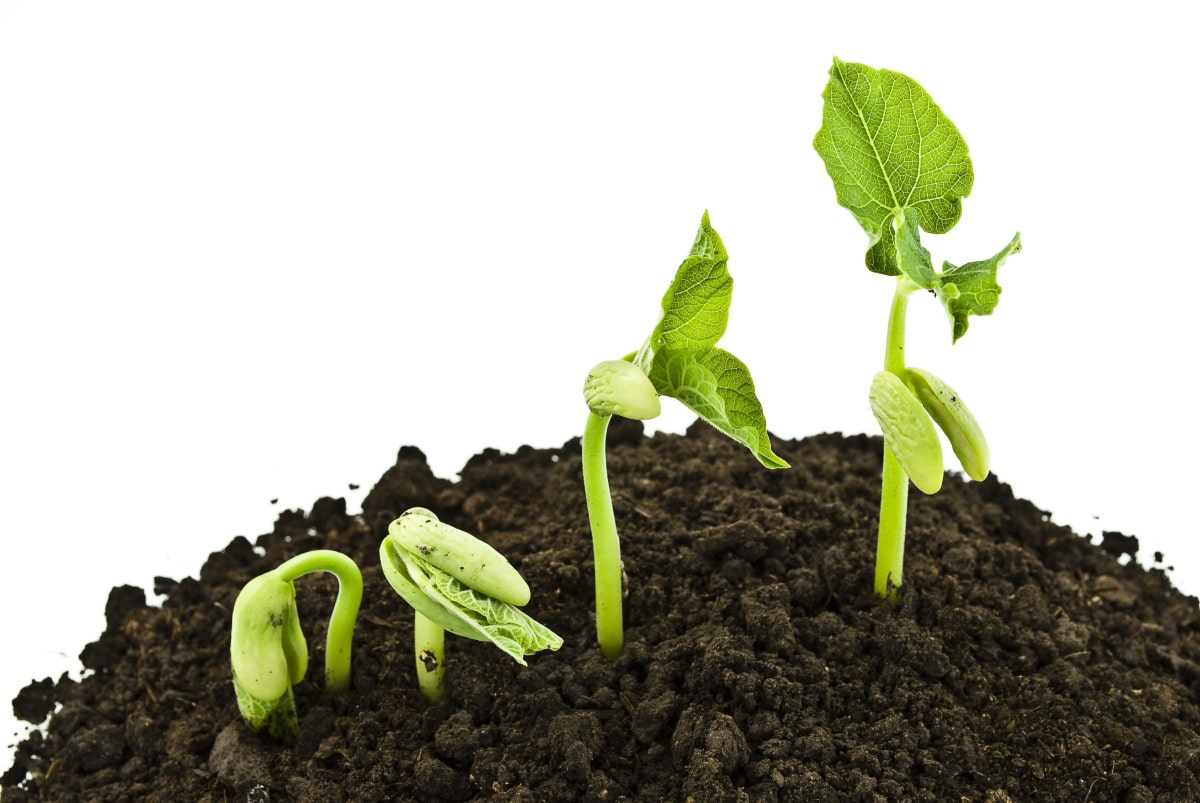
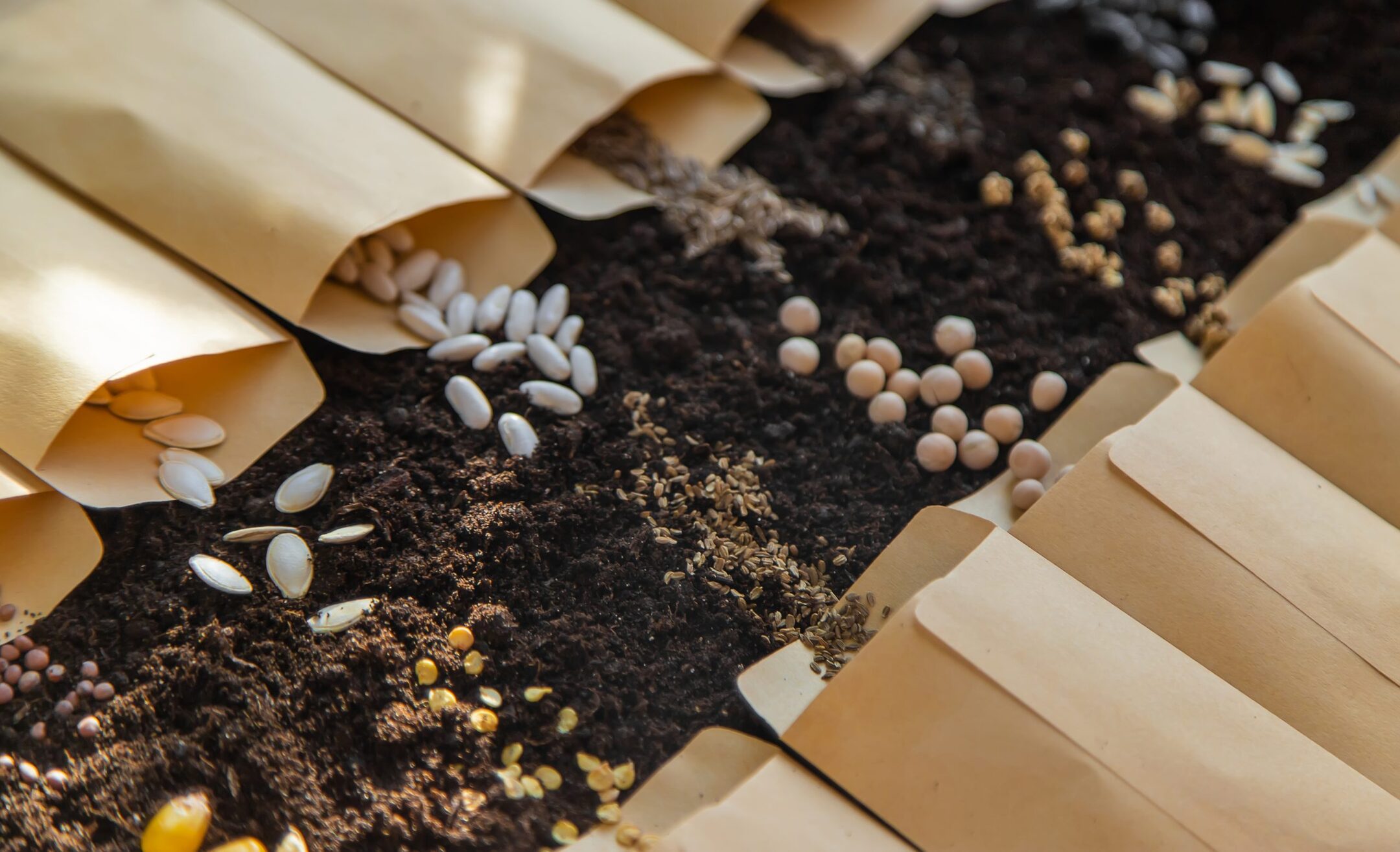
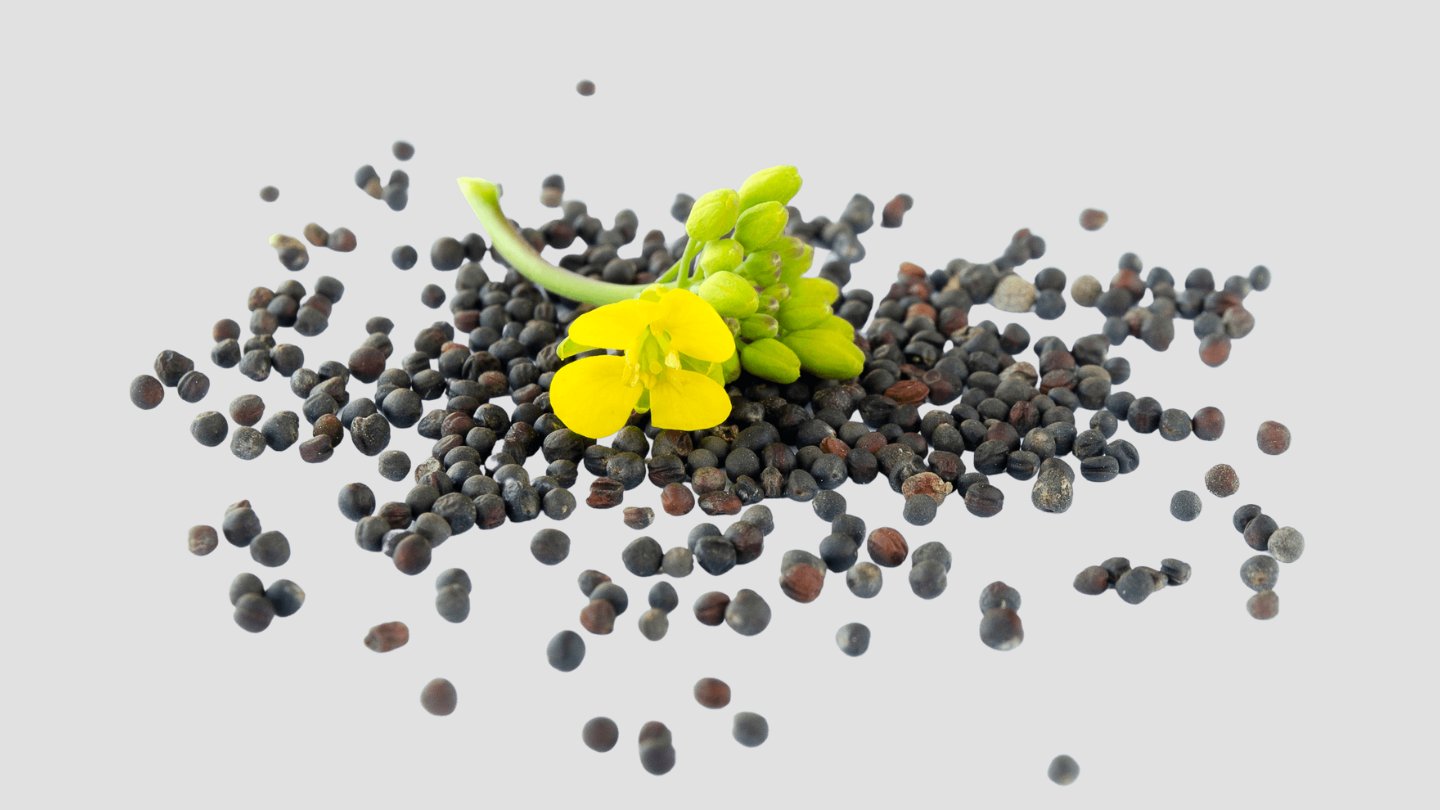

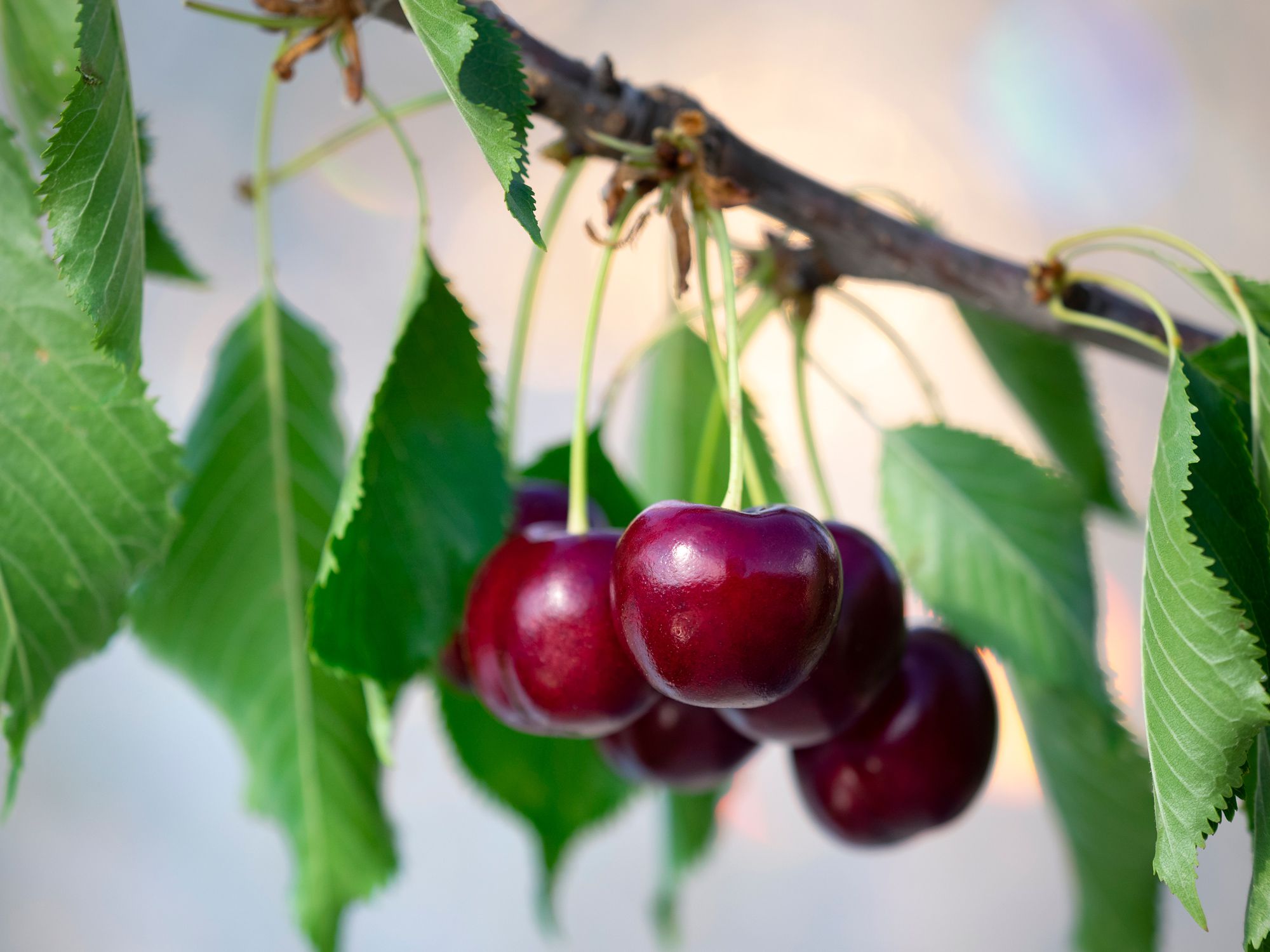
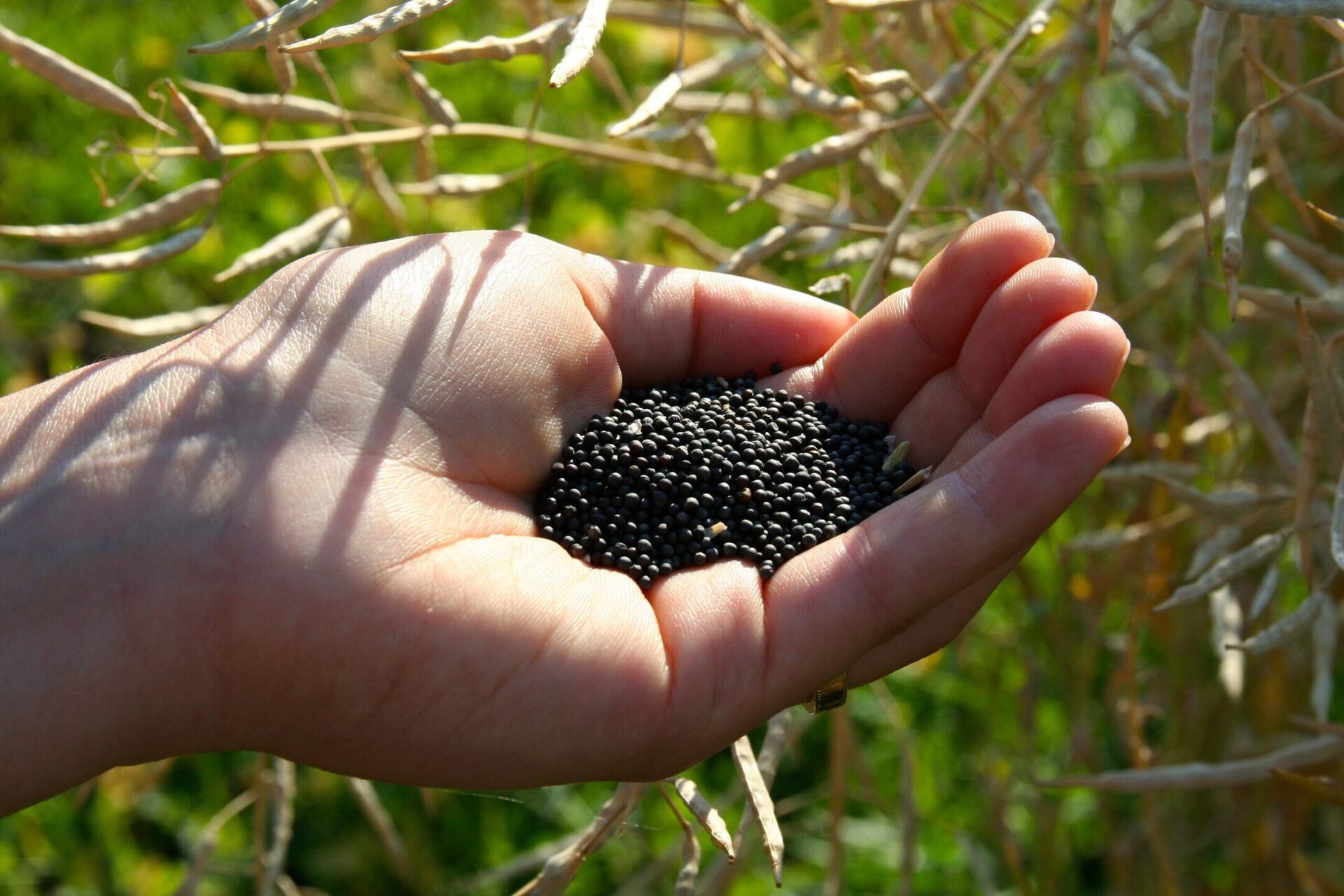
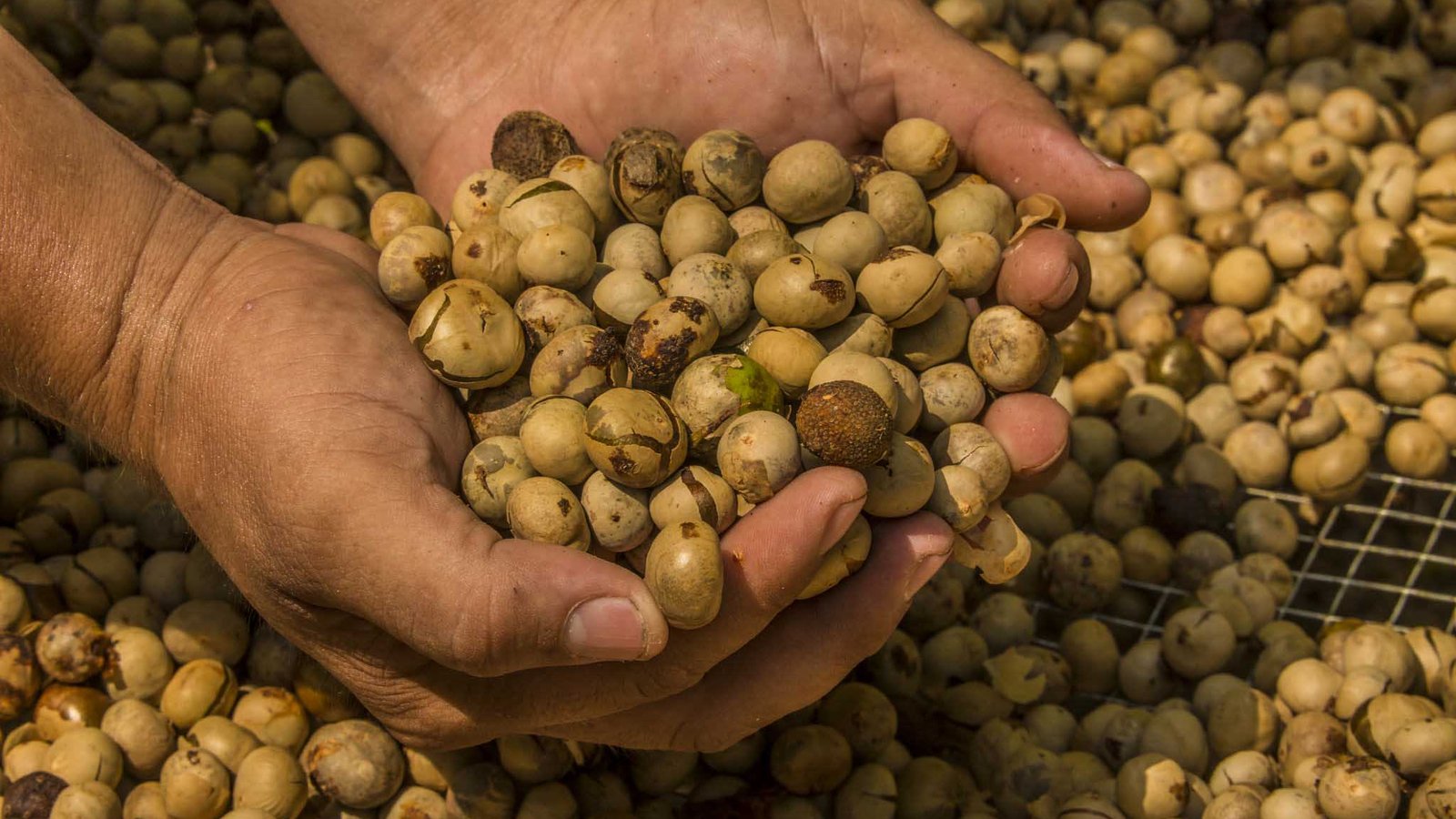
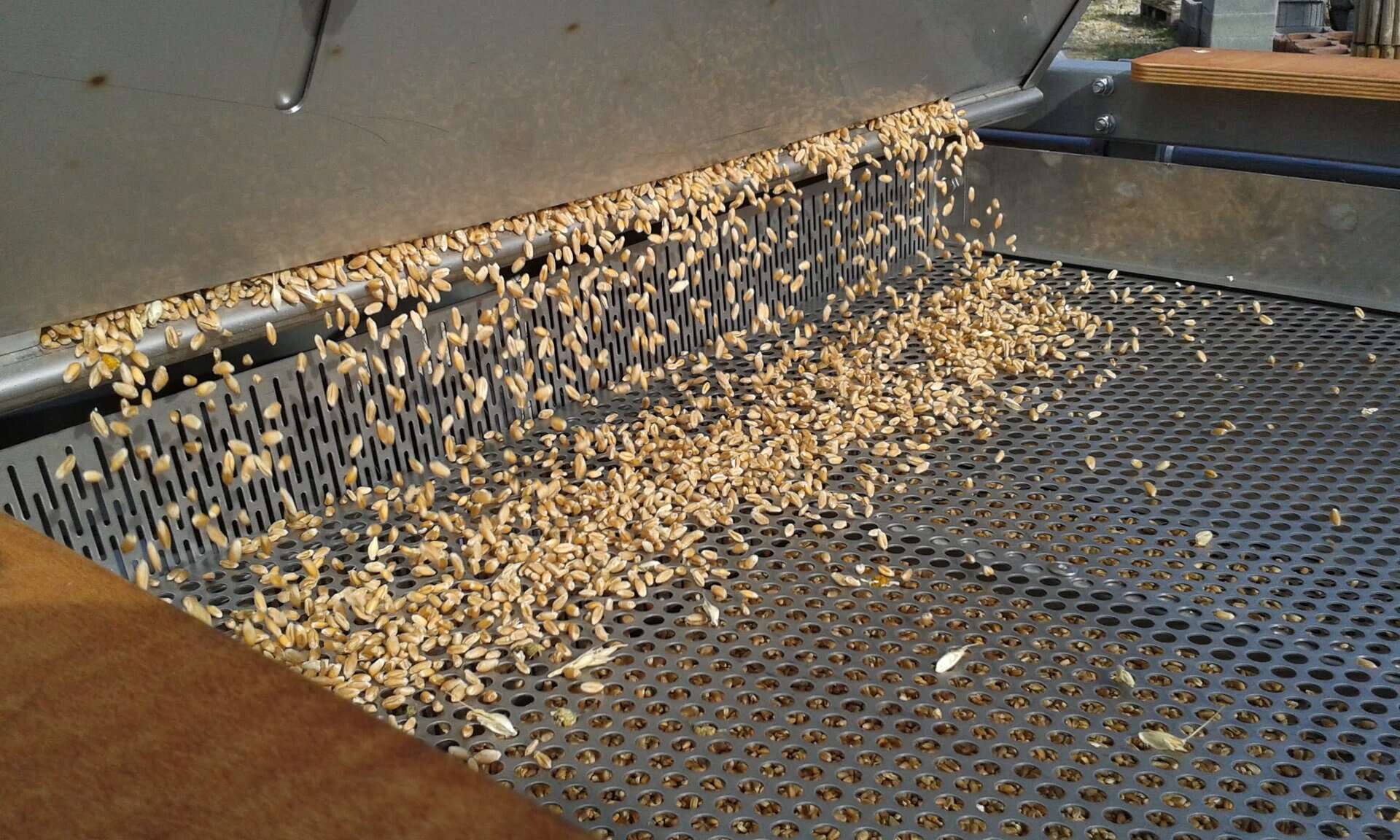
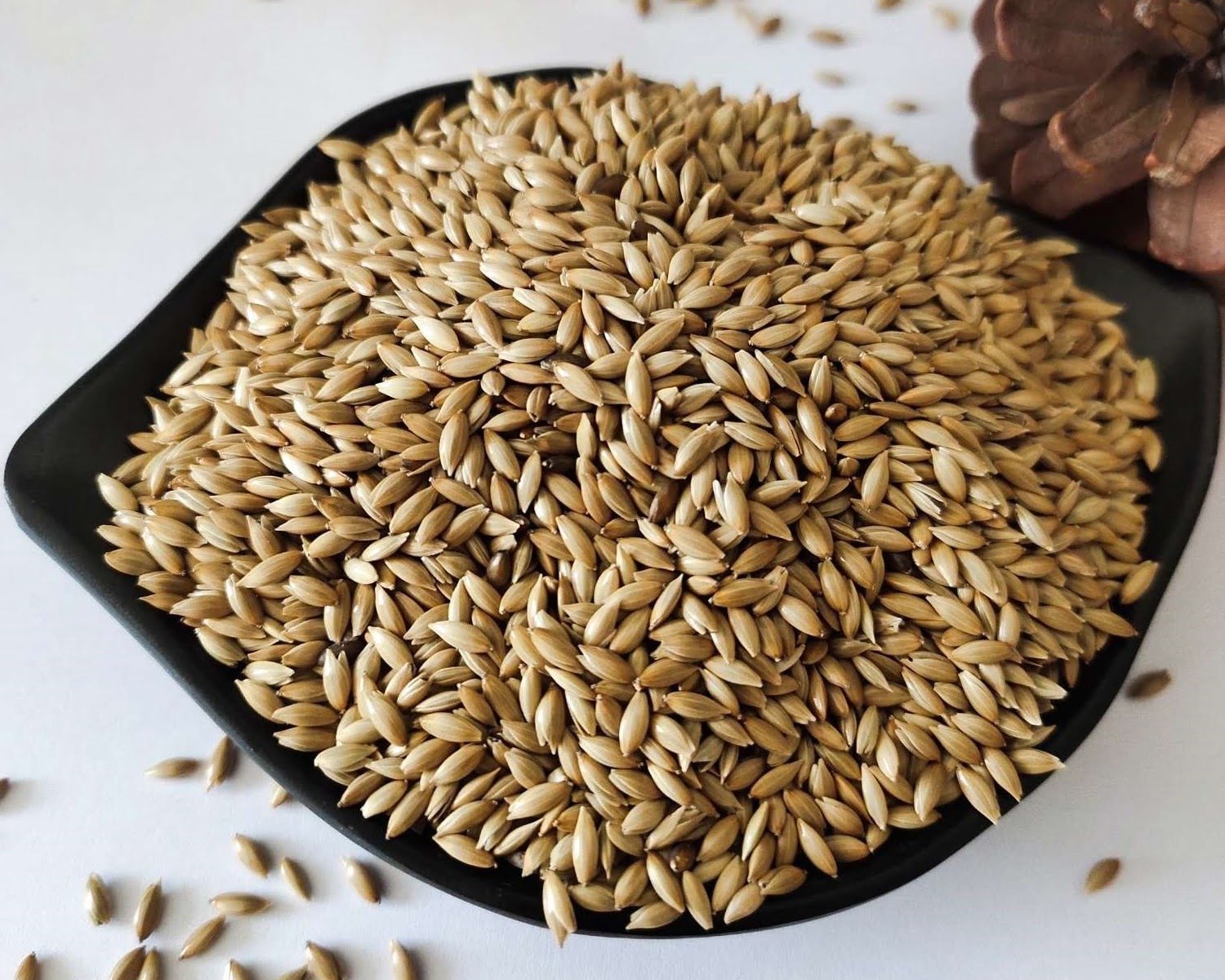
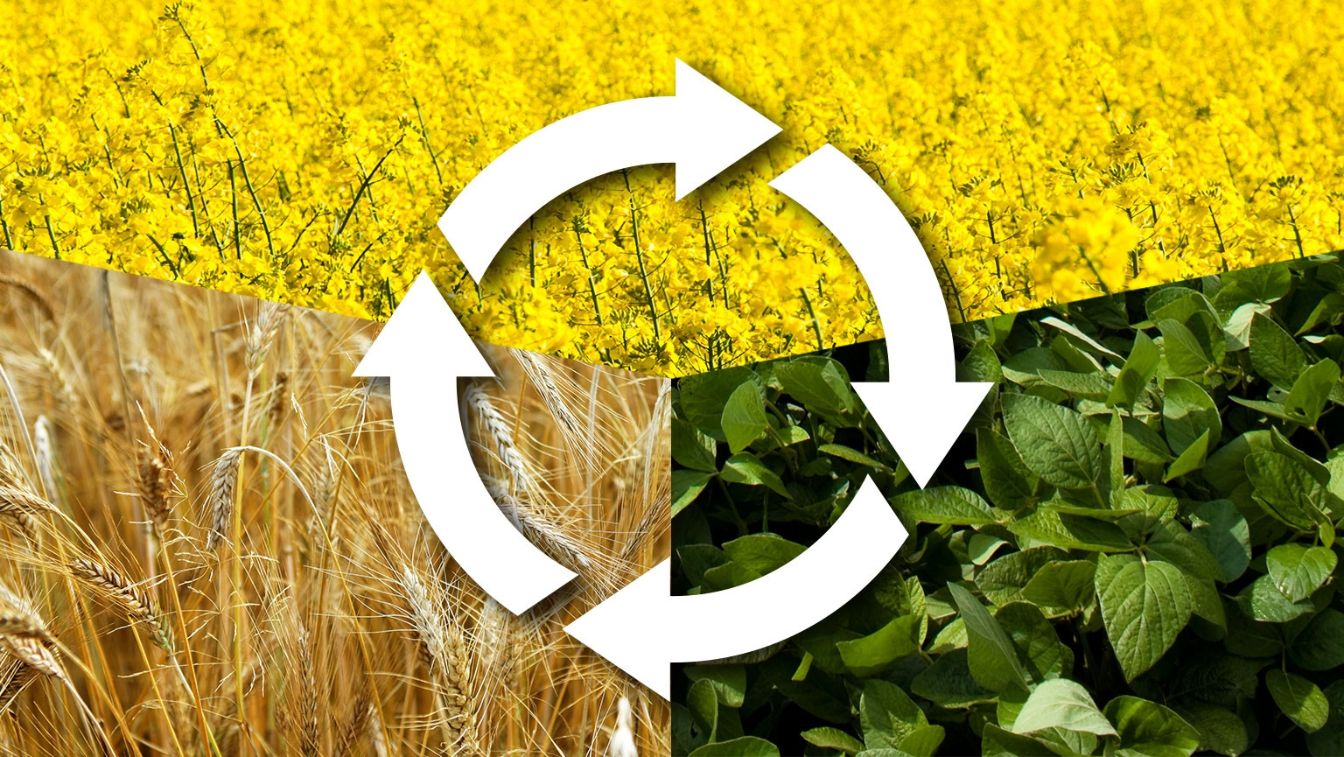
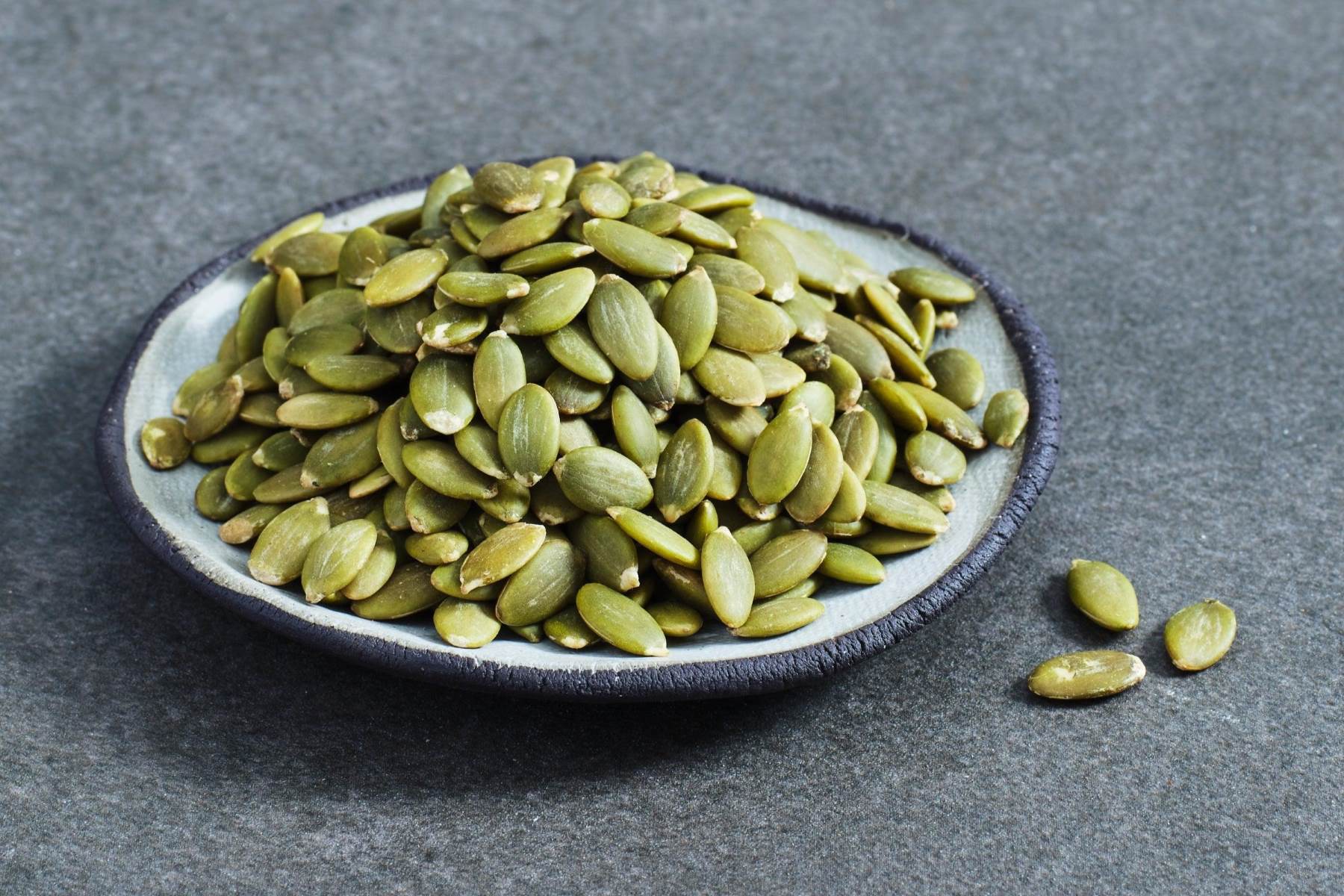
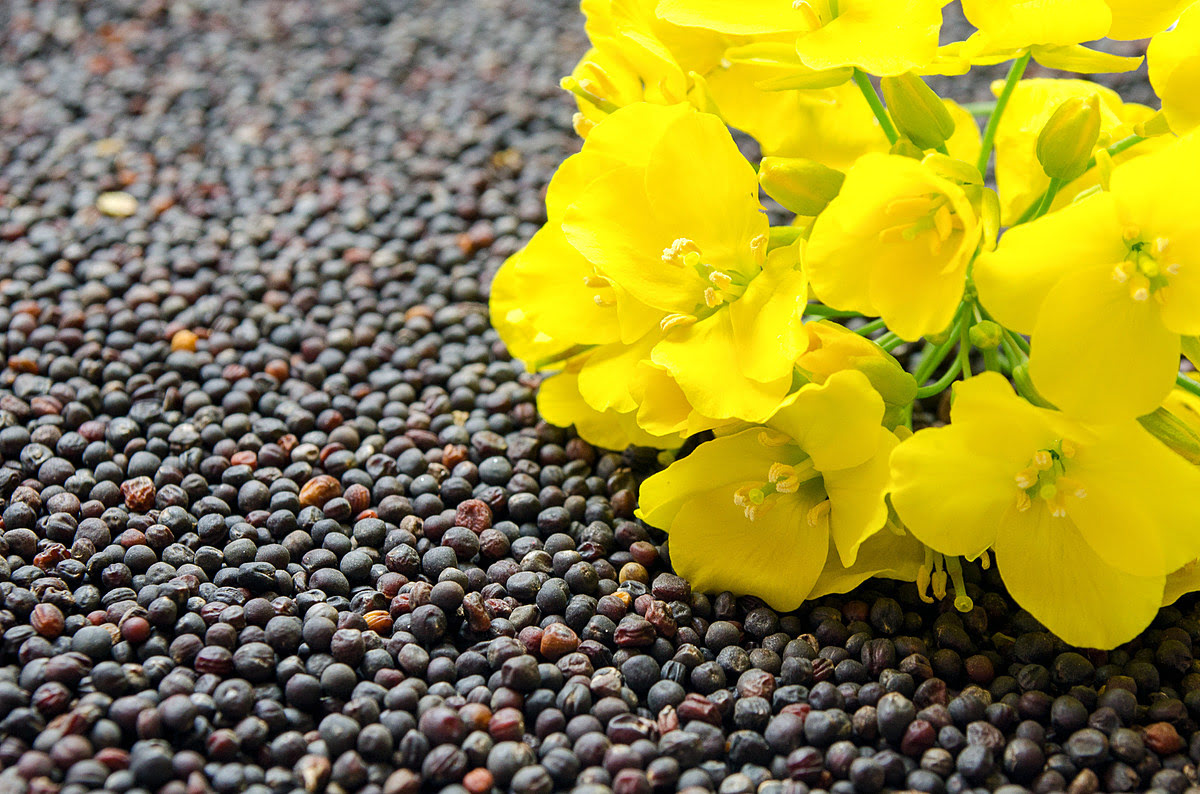
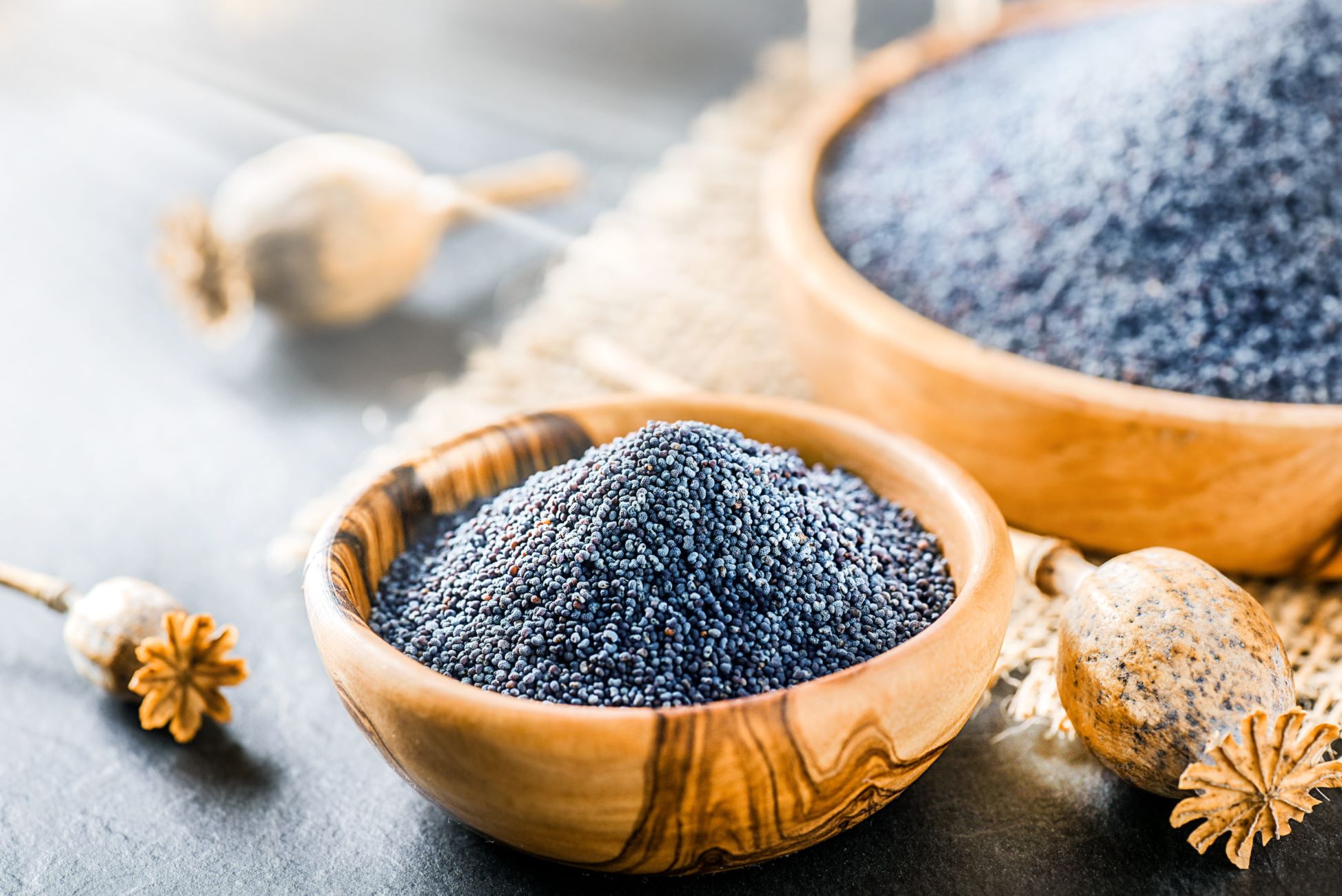
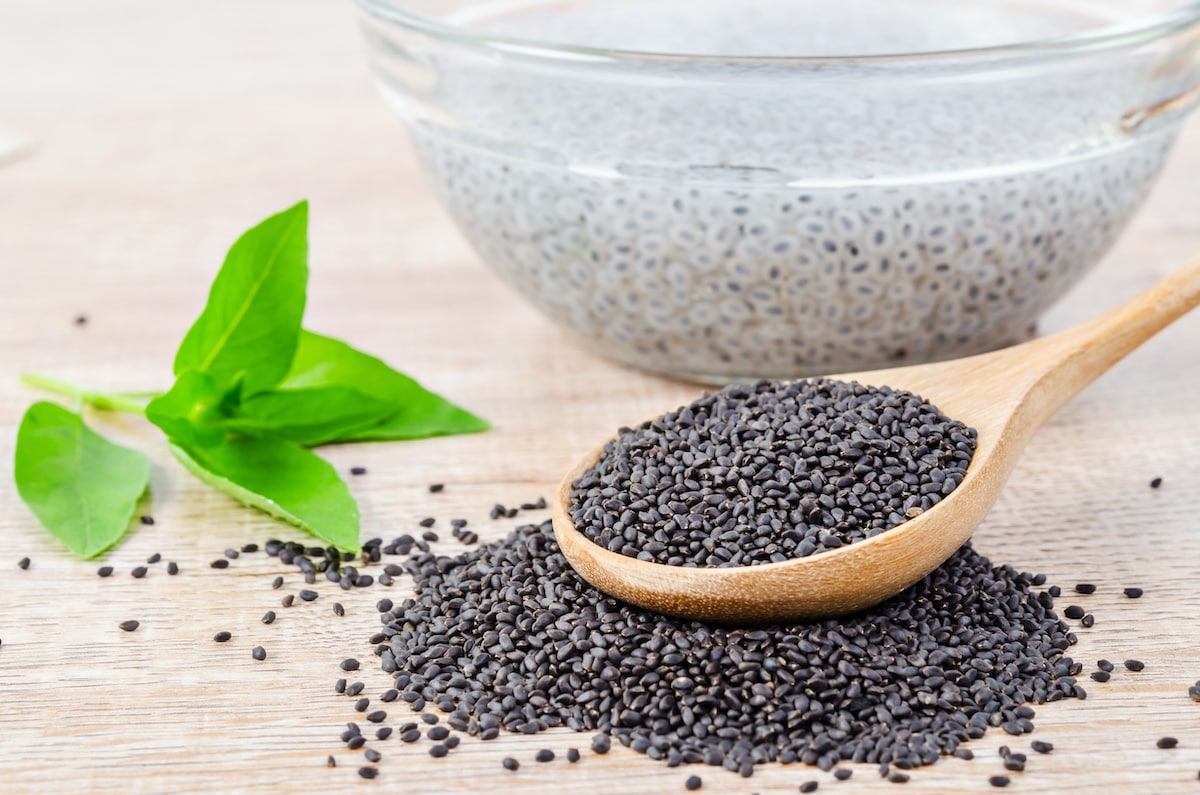

0 thoughts on “What Is A Monocot Seed”